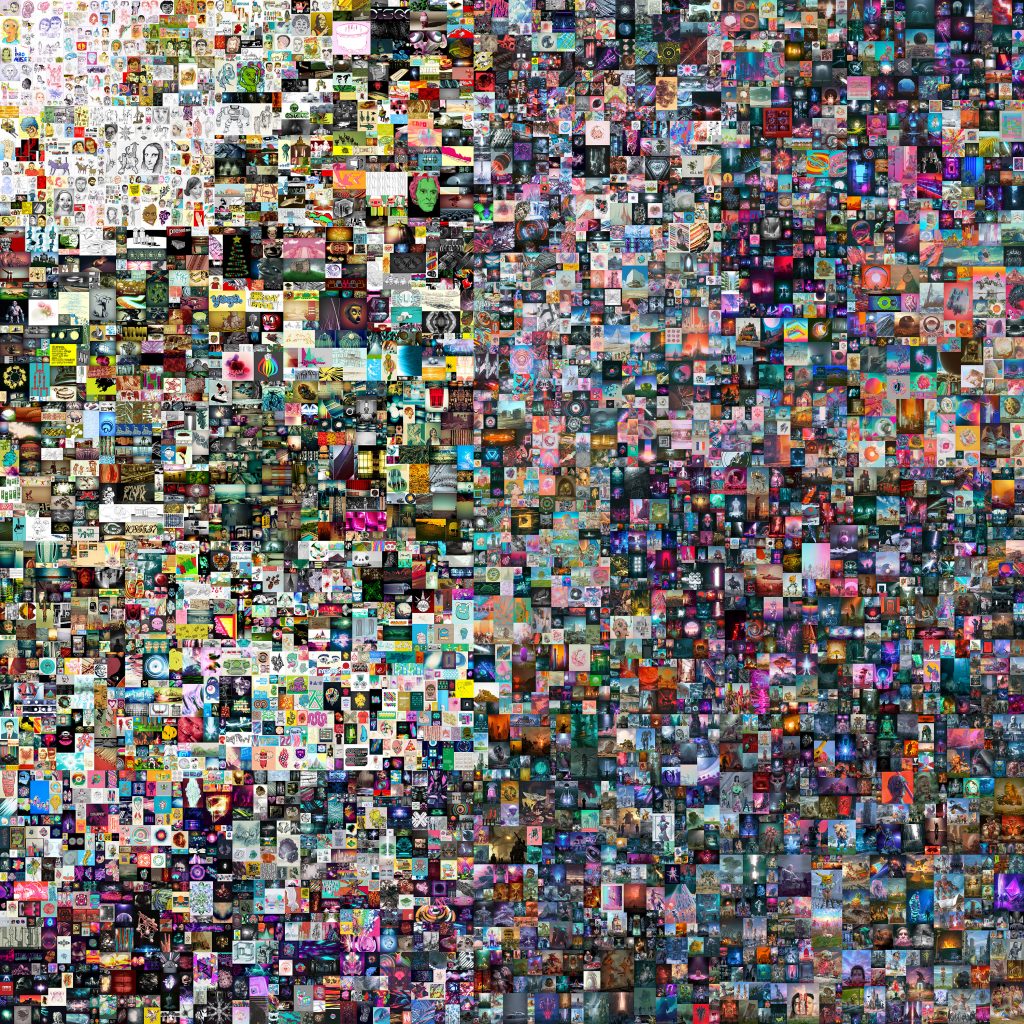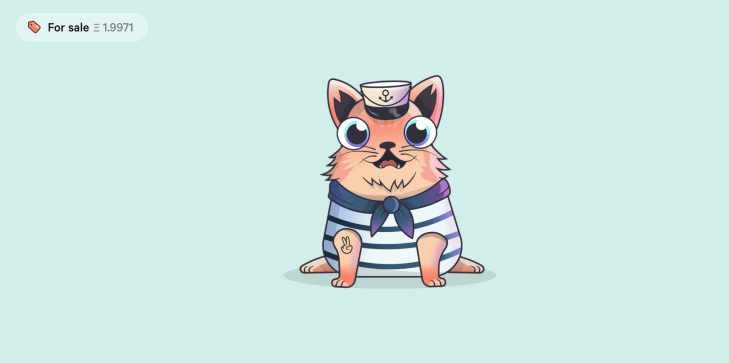There’s nothing rich people like more than trading commodities. And the recent record-breaking $69 million sale of a digital artwork by Beeple as an NFT- a brand new form of commodity – has certainly got people talking about NFTs.

Now you own it, and I’ve saved you sixty-nine million dollars. You’re very welcome.
We can ask questions about the commodification of the internet, which was envisioned as something that was free for all, with no barriers, the ultimate decentralized democracy. But the most pressing question right now is: How can we jump on this bandwagon? We are creators of digital assets. And now we have people willing to pay big time for digital assets.
Well, we could tell stories about it, for a start.
Beeple’s epic (and somewhat problematic) artwork was bought by Metaverse visionaries MetaKovan and Twobadour – real names Vignesh Sundaresan and Anand Venkateswaran.
They’re a pair of Singapore-based blockchain investors, and they’ve announced five $100,000 fellowships for “crypto storytellers”, backed by their crypto investment firm, Metapurse, “to write about the convergence of tech, art and finance that NFTs represent”.
The pair have three conditions –
- You must have a portfolio of work.
- You must have personally created at least one NFT.
- No “anti-coiners” allowed.
And you can apply to be one of the recipients here.
Here’s another idea for nothing – why not create a digital art gallery? Gallery owners have always made more than artists. Publishers make more money than journalists. Why not get a slice of that pie while it’s still being baked?
Metapurse also wants to support people wanting to make immersive websites that will be a destination for digital art – essentially a cross between an online 3D gallery and an eBay for NFTs.
But if you’re going to do it, you’d better get in quick. Palm, for example, is a new token-powered ecosystem for NFTs to support the trading of digital art assets. Meanwhile, you can already sell your killer tweets on V Cent.
By the way, it’s worth reading Metapurse’s blog on their thoughts on digital art – as they describe it, “the art of the Metaverse”, heavily inspired by the excellent Neal Stephenson’s “Snow Crash”, which, published in 1992, was probably the first great cyberpunk novel.
The thesis of Metapurse is that the art of the Metaverse will be crucial, beautiful, digital, and cryptographical. And it will be stored on-chain.
Digital decentralization enables cultural decentralization. Anyone can create NFT art, anyone can buy it, anyone can see it, and anyone can be inspired by it. Dominant cultures have a tendency to imperialize, to centralize. We see the global Metaverse as an antidote to this tendency. There is space for many cultures, lifestyles, and ideologies. An opportunity to find your ‘tribe’, no matter where you’re from. And that is powerful. That is the future.
Metapurse Substack blog: The First 5,000 Beeples
Metapurse is investing now, and with the sort of money we’re talking about, many others are sure to follow suit. There are opportunities to get on board now. There are bound to be more in the future, of course, but you know what they say about the early worm. It’s not even that new a technology – the CryptoKitties buzz was in 2017!

But now blockchain-backed NFT certification of digital assets is reaching that critical mass threshold where it’s not just the finance tech bros, but people like you and I who are talking about it.
On one level, NFT certificates are just another way to carry out digital rights management. The photographers among us are well used to chasing down unauthorized use of our work online or having to pay an agency to do it for us. Converting our digital images, our feature writing, our dataviz creations, our comms plan – anything we publish electronically – to NFTs encodes their transaction history in a blockchain ledger and allows us quickly and easily to see if a website has paid to use our work.
On another level, it offers us an opportunity to give a second life to our back-catalog of creations now stored in dusty old folders in hard drives long forgotten. We’re still in the first bubble of this thing. People with silly money are paying silly money just to get their hands on something they think might somehow accumulate value. So why not convert your old work into NFTs, put them up for sale, and see who bites?
And on a conceptual level, maybe these investors are on to something. We are spending more of our lives in virtual environments. Maybe one day, our online avatars will have more interactions than we do in “real life”, and the Metaverse of art, education, entertainment, relationships, and commerce will be even more of a reality than it already is. Who knows, in 2199, maybe our Covid-despair memes will be seen as Old Masters..?
Have you created any NFTs? Have you sold any? Do you want to build the Metaverse or are you hoping for some money for old rope? Tweet me your thoughts @TaraTW, or drop into our Master Visual Storytelling group over on Facebook, and join the conversation.



